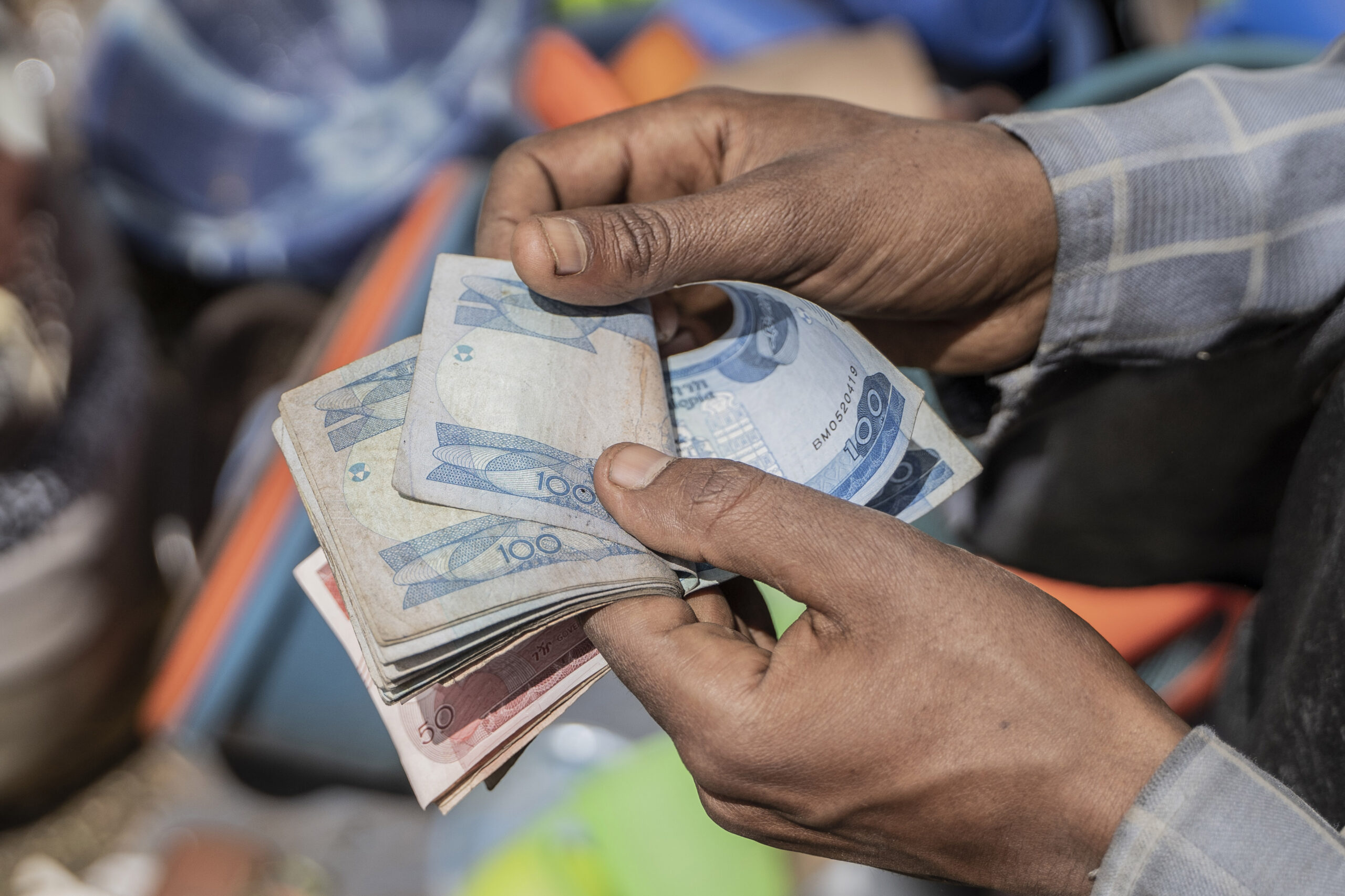
Is The Ethiopian Birr Overvalued? A Sober Assessment
The objective of this paper is to assess whether the Ethiopian Birr is overvalued? If so to what extent? And what are the policy options, if any, that should be followed under such circumstances? To do this an annual data from 1984 to 2013 is gathered and an Autoregressive Distributed Lag (ARDL) model is estimated in the context of bounds testing. Appropriate data diagnostics pre-and-post estimation tests are conducted to ensure result robustness, validation and tracking performance of results. The estimated model shows that the Ethiopian Birr is slightly overvalued as indicated by the spread between the nominal and the parallel exchange rates but importantly between the actual and the estimated (equilibrium) real exchange rates.
The magnitude of the overvaluation is marginal (except the year when the domestic inflation was at its peak). The most sober policy conclusion we reached is that devaluing the currency at the moment seems neither necessary nor useful as it is unlikely to improve the internal and external (trade) position balances of the country. This conclusion is based on the following factors: First, the spread between the actual and the equilibrium exchange rates is minimal; second, our calculation shows that the response of Ethiopian exports and imports to a change in exchange rate is very low or inelastic (low response); and, third, a minor spread does not necessarily call for a devaluation to improve internal and external balance in economies like that of Ethiopia; and fourth given the pervasive information asymmetries, the net benefit of fine-tuning the exchange rate to correct minor spread is uncertain in economies that are in transition.
By: Haile Kebret (PhD) and Edris Hussein (MSc)
